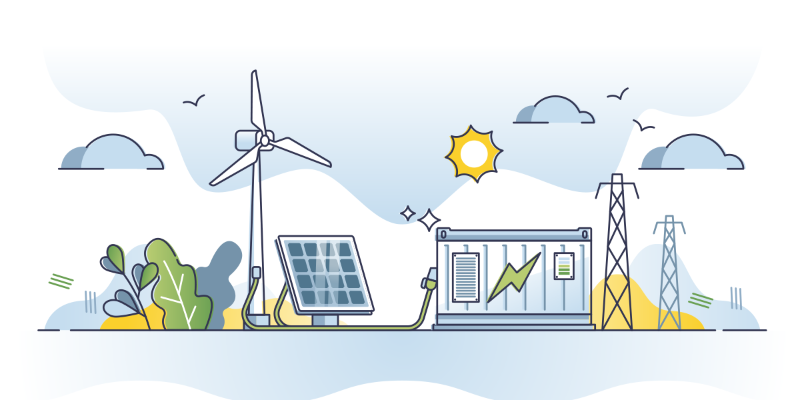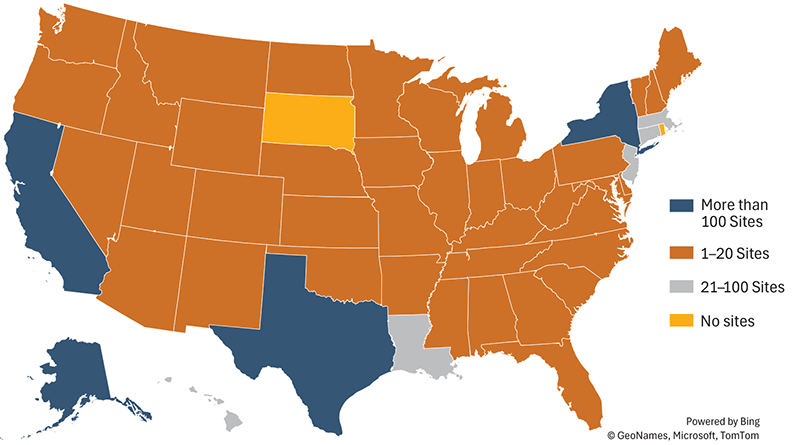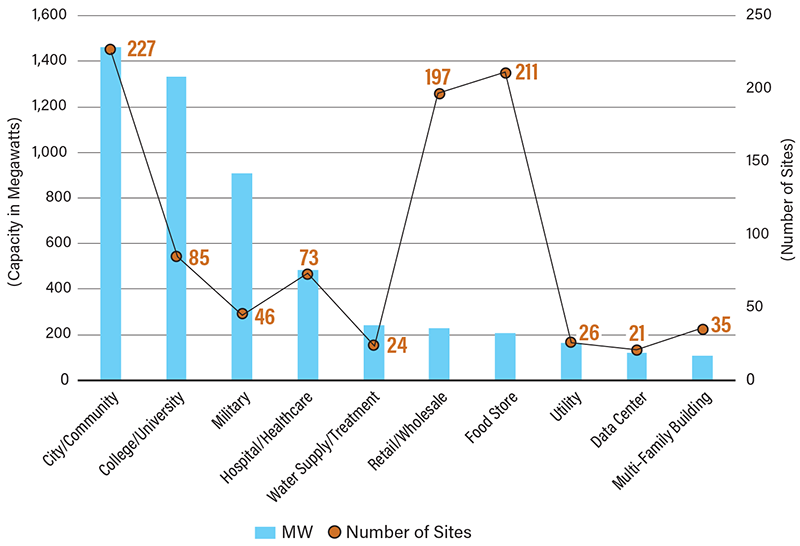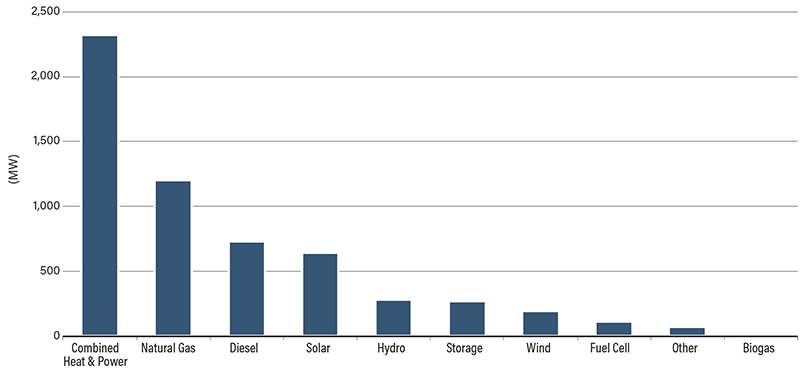Wired for Resilience: Microgrids Solve Reliability Issues

Microgrids are emerging as a vital solution for enhancing grid reliability and resilience as the energy landscape evolves. With utilities and cooperatives under increasing pressure to maintain consistent service—especially as more renewable energy sources come online—microgrids offer a flexible, forward-looking approach to energy management.
“Microgrids are especially valuable in remote or underserved areas where grid access is limited or unreliable,” CFC Energy Industry Analyst Alisha Pinto said. “Unlike traditional backup generators, microgrids are integrated systems that can optimize energy use, incorporate renewable sources and ensure critical services remain powered during emergencies.”
By December 2024, the U.S. had approximately 5,845 megawatts of microgrid capacity across 1,174 sites according to the U.S. Department of Energy (DOE). States like Texas, Alaska, New York, California and Massachusetts lead in deployment, each driven by unique power needs.
Distribution of Microgrid Sites Across the US (As of December 2024)

SOURCE: U.S. Department of Energy Combined Heat and Power and Microgrid Installation Databases, December 2024
Alaska, for instance, relies on microgrids due to its geographic isolation. While New York launched a resilience initiative in response to Hurricane Sandy, encouraging counties to develop microgrid solutions. Texas has recently supported investments in microgrids to enhance resilience after Winter Storm Uri.
“Initially, microgrids were primarily used by institutions such as universities, hospitals and military bases,” Pinto said. “Since 2010, their applications have expanded significantly. Today, microgrids support commercial and industrial operations, municipal services, water treatment facilities, data centers and even retail stores. This versatility is one of their greatest strengths.”
Top 10 Microgrid Applications (As of December 2024)

SOURCE: U.S. Department of Energy Combined Heat and Power and Microgrid Installation Databases, December 2024
Technologically, microgrids have evolved from relying on combined heat and power (2,321 MW), hydro (284 MW) and diesel (731 MW) to incorporating solar (645 MW), wind (194 MW) and battery storage (269 MW) according to the DOE. Natural gas (1,202 MW) remains a common energy source, but battery storage has seen rapid growth due to its ability to balance intermittent renewable generation. Meanwhile, the use of hydro and wind has declined in recent years.
Microgrid Generation Sources (As of December 2024)

SOURCE: U.S. Department of Energy Combined Heat and Power and Microgrid Installation Databases, December 2024.
Despite their promise, microgrids face several challenges.
“High upfront costs can deter investment, especially for smaller cooperatives and utilities,” Pinto said. “The systems themselves are complex, requiring expertise in engineering, data analytics and cybersecurity. As microgrids often support critical infrastructure, they are also vulnerable to cyber threats, necessitating robust security measures and ongoing staff training.”
Despite these challenges, the benefits are compelling.
“Microgrids enhance resilience by keeping power flowing during long-duration outages,” Pinto said. “They improve efficiency by reducing transmission losses and enable local energy production. They also offer long-term cost savings through smart energy management strategies like peak shaving and demand response.”
Technological advancements, both to the hardware and software, are making systems more affordable and efficient. Supportive state policies—like Texas’ $1.8 billion investment in distributed energy and Colorado’s community resilience programs—are accelerating adoption.
On the other hand, regulatory hurdles remain. “Interconnection rules and permitting processes vary widely, requiring careful navigation,” Pinto said. “For cooperatives, having clear policies that align with community needs and long-term resilience goals is essential to successful deployment.”
